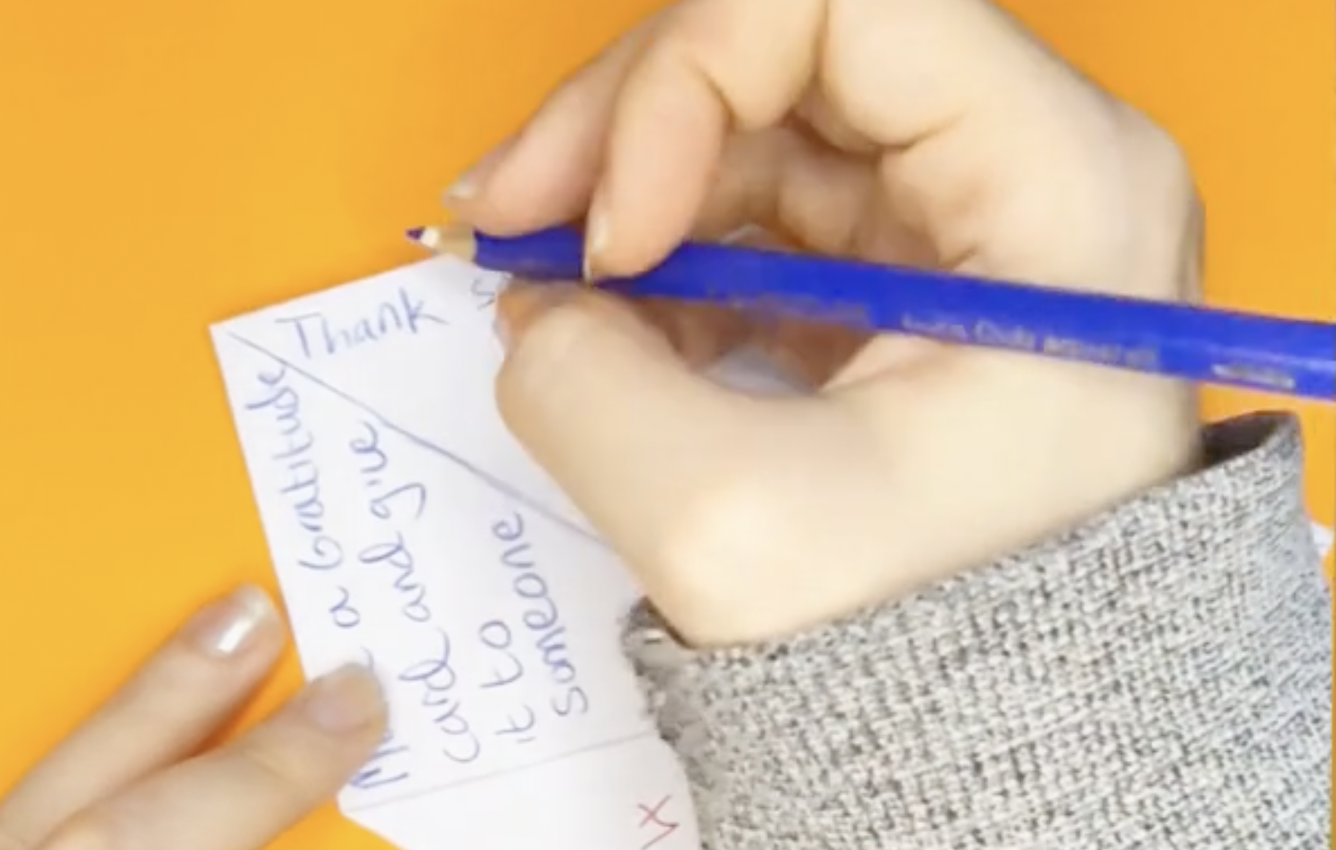
🎨 Kindness Fortune Teller 🎨
Learning Objectives
- Develop practical life skills
- Practice fine motor skills
- Build communication skills
- Learn kindness as action
Materials Needed
- 8.5″ x 8.5″ square paper
- Markers or crayons
- Origami instructions
- Optional: colored paper
Life Skills Focus
- Appreciation & gratitude
- Active listening
- Cooperation & sharing
- Inclusive behavior
Teacher Resources
- Family friendly instructions for Kindness Fortune Teller
- Discussion prompts
- Parent communication guide
📹 Instructional Videos by Nikita Tse
💡 Interactive Videos: These videos automatically pause at each step so you can follow along at your own pace. Press the play button to continue to the next step.
How to Fold Your Fortune Teller
Follow along as Nikita demonstrates the basic origami fortune teller fold
Decorating & Adding Your Kindness Skills
Learn how to personalize your fortune teller with hearts, numbers, and kindness prompts
How to Play & Practice Kindness
Nikita shows you how to use your fortune teller and put your kindness skills into action
💝 The 8 Kindness Skills
These are the life skills students will write inside their fortune tellers. Each skill is actionable and can be practiced immediately!
Say something nice about a friend
Help a friend
Share with friends
Use nice words
Make a thank you card
Say thank you
Ask someone to play
Listen to friends
📝 Step-by-Step Instructions
- Fold Your Fortune Teller – Follow Video 1 with Nikita to create the basic origami shape
- Decorate the Outside – Draw or color four hearts (red, blue, green, yellow) on the outer flaps
- Write Numbers 1-8 – On the inner triangles, write the numbers 1 through 8
- Add Kindness Skills – Lift each flap and write one kindness skill underneath. Use the age-appropriate language from the toggle above (K-1, 2-3, or 4-5).
- Practice Using It – Follow Video 3 to learn how to play and share kindness with friends
🚀 Extensions & Activities
🎯 Kindness Challenge
Students must complete the skill they receive by the end of the day and report back on what happened.
📊 Classroom Management Tool
Create a “Kindness Skills in Action” board where students can record which skills they practiced each day.
✍️ Writing Connection
Have students journal about which kindness skill felt easiest/hardest and why. Discuss as a class.
🎨 Personalize It
Encourage older students to create their own kindness prompts that reflect their unique classroom culture.
🏆 Weekly Reflection
End the week by discussing: Which skill did you practice most? Which do you want to work on more?
🏡 Home Connection
Send fortune tellers home with families and encourage them to add their own family-specific kindness ideas.
🎓 Why This Works
By framing kindness as a skill set and toolkit, we help children understand that kindness is:
- Learnable – Not innate or fixed, but something that can be developed
- Actionable – Specific behaviors they can practice right now
- Buildable – Gets stronger with repetition, just like any other skill
The fortune teller format transforms practice into play, removing pressure while reinforcing that kindness is something we do, not just something we feel. Each prompt teaches a concrete relationship skill: appreciation, helping, sharing, respectful disagreement, gratitude expression, inclusive behavior, and active listening.





